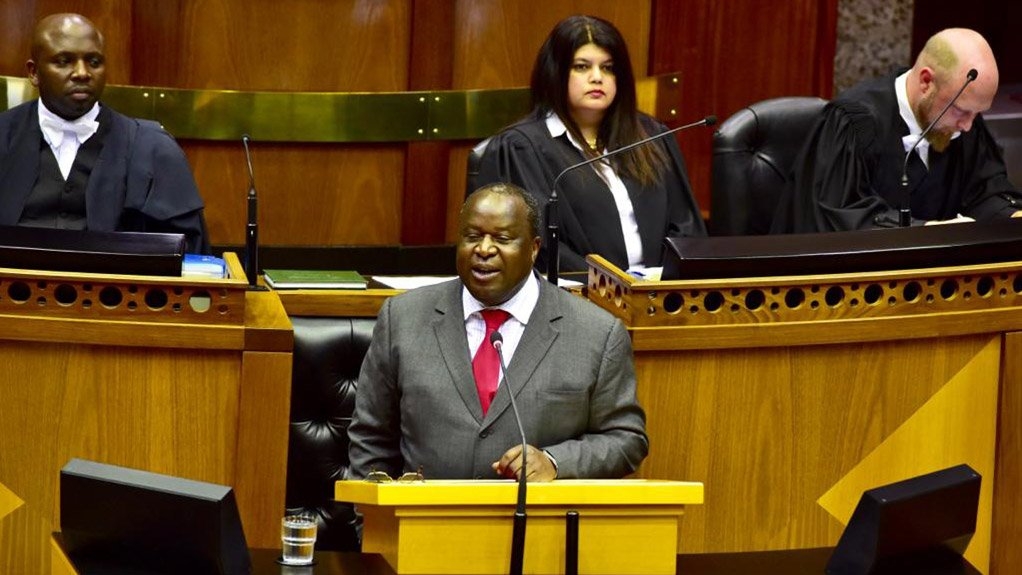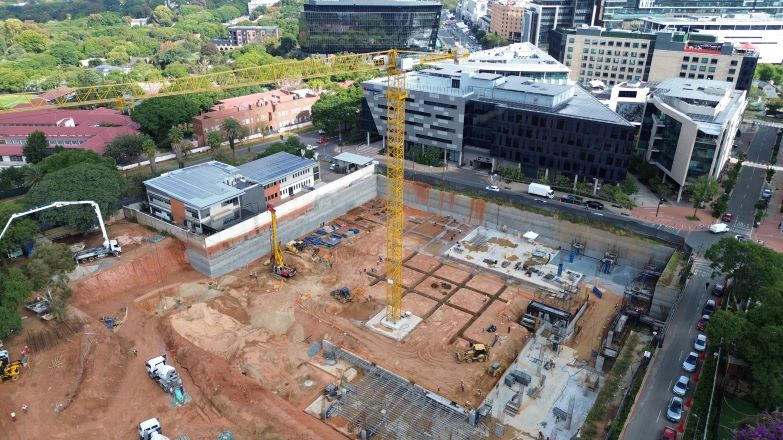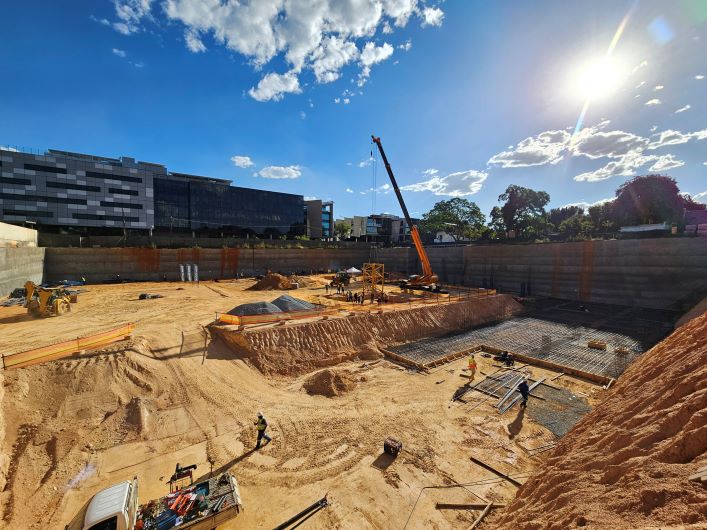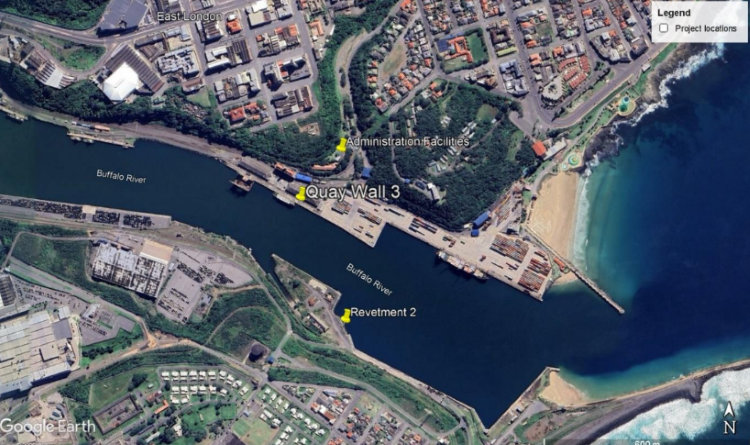

Finance Minister Tito Mboweni has confirmed that expenditure worth R32.4-billion will be reprioritised over the coming three years in line with government’s recently released Economic Stimulus and Recovery Plan.
The figure appeared to fall short of the R50-billion reprioritisation target outlined by President Cyril Ramaphosa on September 21, when he released details of the recovery plan. However, Mboweni said that, coupled with changes to grant structure and in-year allocations, the combination of reprioritisations would amount to more than R50-billion over the three years. Faster-spending infrastructure programmes, together with a clothing and textiles production incentive and the Expanded Public Works Programme will absorb R15.9-billion of the reprioritised budget. The R16.5-billion balance will be allocated to various programmes, including recapitalisation of the embattled South African Revenue Service.
The former South African Reserve Bank governor was appointed in early October after the resignation of Nhlanhla Nene. Among the reprioritised infrastructure programmes is an allocation of R3.4-billion for school infrastructure and eradicating pit latrines. Funding for the sanitation projects will be reprioritised from existing school infrastructure budgets, but over the medium term, government, donors and private-sector companies will fund the projects and test new sanitation technologies.
The MTBPS states that increased investment in social and economic infrastructure will be a focus of economic recovery over the medium term, but that such investment will require an increased private-sector role. As part of the stimulus package, a public-private infrastructure fund is being established within The Presidency, with the aim of attracting private and development-finance capital to public infrastructure projects.
Mboweni announced that R625-million had also been allocated to improving project preparation, the lack of which has been identified as a reason for project delays and cost overruns. Over the next three years, public infrastructure expenditure is estimated to be R855.2-billion, of which State-owned companies account for R370.2-billion and general government accounts for the remaining R485-billion, mainly in the form of conditional infrastructure grants.
However, Mboweni also announced plans for immediate interventions where infrastructure was either failing, or had stalled as a result of corruption. He made specific reference to the Giyani Water Project, which he described as a “cesspool of corruption”. Likewise, immediate interventions were planned for the water crisis that had arisen around the Vaal River System, with funds having been reprioritised to address the problem.
“I have asked the President and the Minister of Defence for the military to assist with engineering and other expertise to resolve the crisis in the Vaal River System. Happily approval has been granted. The generals have already started working on solutions.” Mboweni stressed that the reprioritisations would not lead to a breaching of the expenditure ceiling and had been made with an awareness of the serious fiscal constraints confronting government.
Tax revenue estimates in the MTBPS have been revised down by R27.4-billion in 2018/19, R24.7-billion in 2019/20 and R33-billion in 2020/21, due mainly to higher-than-expected Value Added Tax refunds. In addition, the 2018 growth forecast has been lowered to 0.7% from 1.5% in February, reflecting the economy’s slump into a recession during the first half of the year.
The National Treasury expects growth to recover to 2.3% by 2021, which remains well below the 5.4% goal contained in the National Development Plan, which aims to halve unemployment and eliminate absolute poverty by 2030. Mboweni described a debt-to-GDP ratio of 50% as the “sweet spot” and said government would need to have an honest conversation with the ratings agencies about how it planned to stabilise and reduce the ratio.
“My job is to make the fiscus stronger,” he said, indicating that as part of that process he aimed to provide the cover necessary to ensure that the National Treasury was safeguarded, as far as feasible, from political interference.
More news
- REFRATECHNIK ASIA NEW ASSOCIATE CORPORATE MEMBER OF WCA
- PART 5: SA’S TRADE DILEMMA: A PODCAST DISCUSSION WITH DONALD MACKAY
- STATE-DRIVEN OPPORTUNITIES FOR SA CONSTRUCTION COMPANIES BUT MANAGING RISK IS A PRIORITY
- PART 4: SA’S TRADE DILEMMA: A PODCAST DISCUSSION WITH DONALD MACKAY
- CONCOR KICKS OFF OXFORD PARKS BLOCK 2A PHASE I PROJECT





